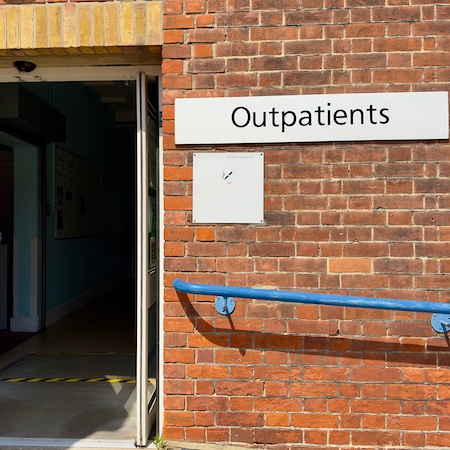The Engineering Council has introduced the new UK Standard for Professional Engineering Competence and Commitment contextualised for Higher-Risk Buildings (UK-SPECT HRB). The Standard has been developed in response to recommendations made in Dame Judith Hackitt’s independent review of building regulations and fire safety, ‘Building a Safer Future’, which was commissioned by the UK Government in the aftermath of the tragic Grenfell Tower Fire in 2017.
Working in collaboration with professional engineering institutions and expert volunteers, the Engineering Council assessed the competence and commitment of individual engineers and technicians working on higher-risk buildings in the UK. Based on the UK Standard for Professional Engineering Competence and Commitment (UK-SPEC) the new Standard is tailored for engineers and technicians working in the built environment, particularly on the design, construction, maintenance and operation of higher-risk buildings.
It incorporates the criteria from BS 8670 and sets out a sector-specific competence framework consisting of a core document and Discipline Annexes. Demonstrating competence could involve registration against the core framework only, or a combination of the Discipline Annexes: Fire Engineering, Structural Engineering, Building Services Engineering and Facade Engineering.
Assured competence
As the keynote speaker at the launch event, held at the House of Lords, Dame Judith highlighted why it is important to have assured competence of those working on higher-risk buildings and that this must be centred on professionalism. She also emphasised that this launch is very much the end of the beginning of the process. The real work now is for engineering institutions to promote the new Standard with their members and strongly encourage people to go through the process. She stressed that wider industry must be informed about the new Standard and the benefits of being able to prove that buildings have been designed and constructed by demonstrably competent people.
The new Standard has been welcomed by the Building Safety Regulator as well as professional bodies, including the Chartered Association of Building Engineers (CABE), the Institution of Fire Engineers (IFE), the Chartered Institution of Building Services Engineers (CIBSE), the Institution of Civil Engineers (ICE) and the Institution of Structural Engineers (IStructE).
Engineering Council CEO, Paul Bailey, says: “We are very proud to be launching this new Standard today which presents a significant milestone in our continuing work with the professional engineering community to ensure public safety in the built environment. We hope the tragedy of the Grenfell Tower fire and the sad loss of 72 lives will never be seen again. UK-SPEC HRB will provide a means for those engineers and technicians working in the built environment, particularly on the design, construction, maintenance and operation of higher-risk buildings, to become professionally registered. This is the first step however and it is our hope that UK-SPEC HRB is embraced and championed by the sector and the wider engineering profession, and that the Standard, and the Register of those individuals assessed against it, will support the continuing improvement of public safety across the sector.”
CEO of the Chartered Association of Building Engineers (CABE), Richard Harral, adds: “The launch of this new registration scheme for engineers working on HRBs represents a step change through career competence management. By providing a tailored approach to assessing competence for all major roles within design and project teams, from technician to Chartered Engineer, the HRB Register will incentivise investment in the lifelong learning necessary to ensure engineers are competent and that buildings remain safe throughout their life.”










